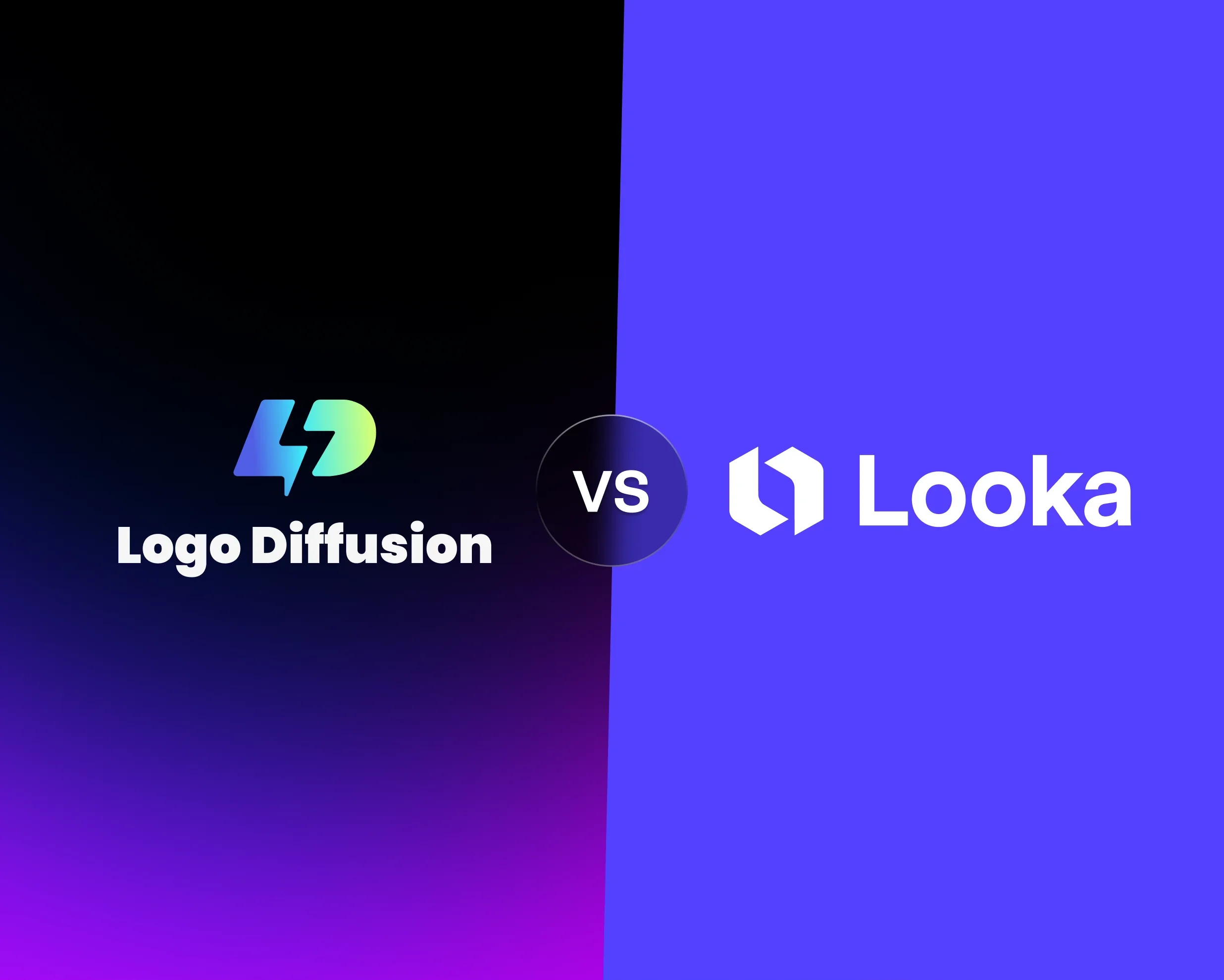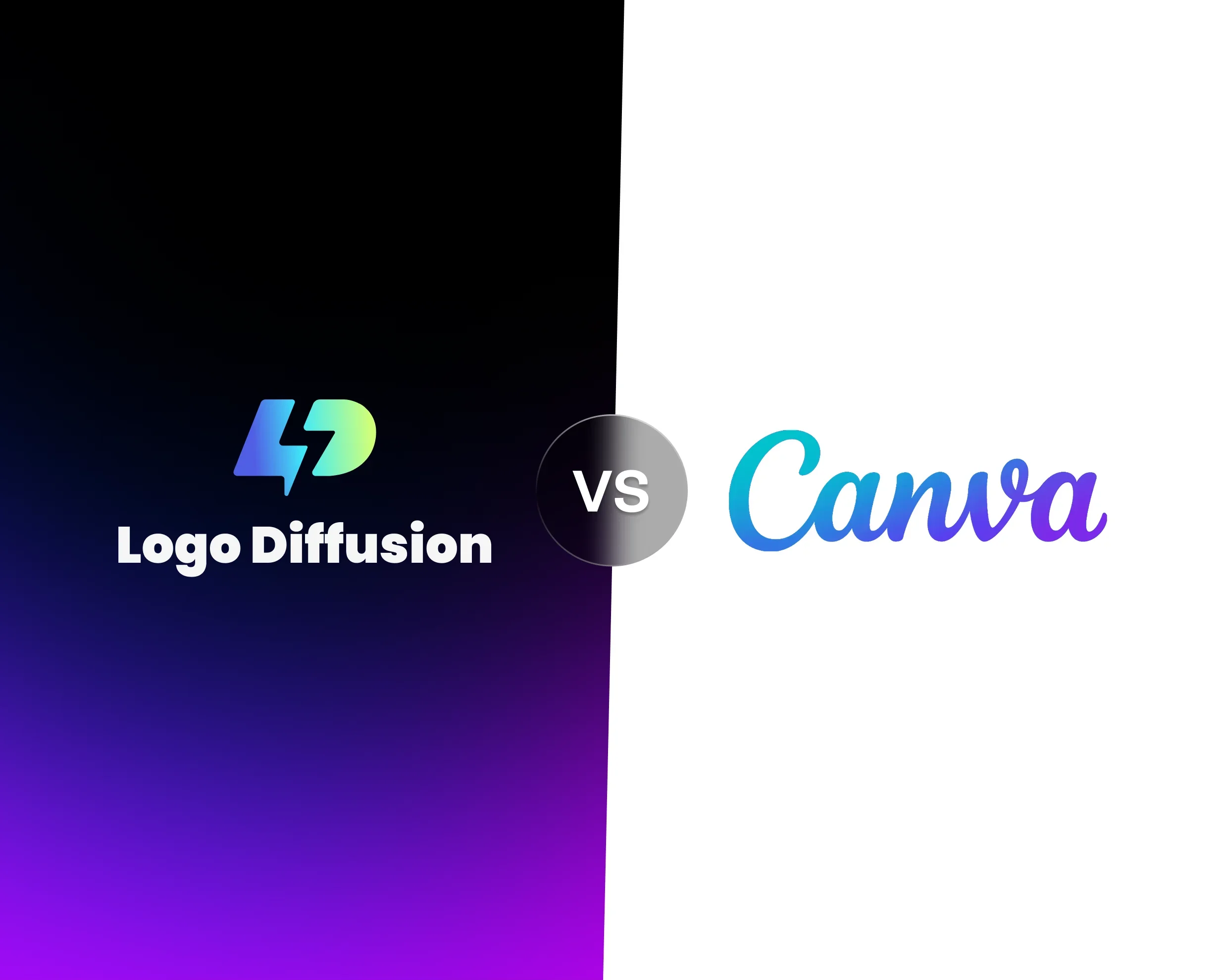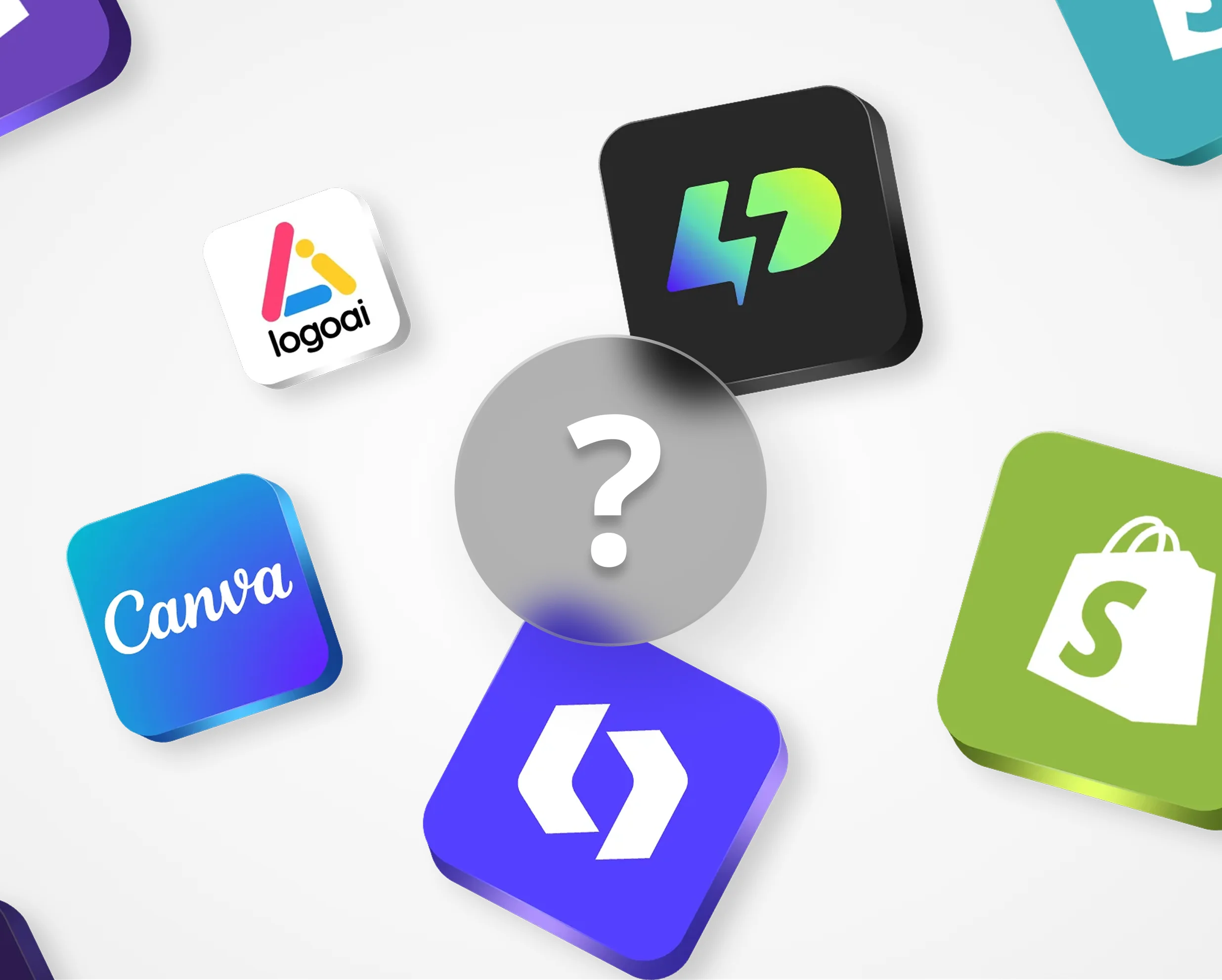

Lightweight AI models work best with clear, concise prompts. Here’s how you can maximize their potential, especially for design tasks like logo creation:
For example, instead of saying, “Create an elegant, minimalist logo with nature-inspired lines, sustainable energy hints, and a modern corporate feel,” simplify it to: “Tech company logo, minimalist, blue and white, geometric shapes.”
Lightweight AI tools, like Logo Diffusion, thrive on simplicity. This approach ensures faster processing, clearer results, and a smoother user experience - perfect for generating professional designs efficiently.
2 Limits of Lightweight AI Models
Processing Constraints
Lightweight AI models, unlike more comprehensive systems, need straightforward and concise prompts to function effectively. Their limited computational power and simplified design make it hard for them to process complex or vague instructions. They often struggle with abstract ideas or prompts that combine multiple design elements.
Take Logo Diffusion's text-to-logo feature as an example. A prompt like "create a multi-layered design with geometric patterns, gradients, and specific typography" is beyond the model's capabilities. Instead, breaking down the request into smaller, more focused instructions tends to produce better results.
These processing challenges directly influence the quality of the designs these models can produce.
Effects on Design Output
The limitations in processing power affect the design outputs of lightweight AI models, especially in tasks like logo creation. These constraints can lead to inconsistent details, less precise application of styles, and oversimplification of intricate ideas.
To address these issues, Logo Diffusion includes tools to refine and enhance initial AI-generated designs. Features such as sketch-to-logo transformations and style transfer give users more control, helping them create logos that better match their creative goals.
3 Ways to Simplify Prompts
Write Clear, Direct Prompts
When crafting prompts for lightweight AI tools like Logo Diffusion's text-to-logo feature, focus on being clear and specific. Use straightforward, descriptive language to guide the AI. For example, a prompt like "tech company logo, blue and white, geometric shapes" highlights the key design elements. This helps the AI concentrate on what matters most.
To enhance clarity, you can also include concrete examples within your instructions.
Include Example Prompts
Well-structured example prompts can greatly improve results with lightweight AI models. Logo Diffusion's text-based logo generator is a good example of how this approach works.
Here’s a helpful structure for creating prompts:
Test and Improve
Once you've written clear and example-based prompts, test them systematically to refine and improve results. With Logo Diffusion, you can generate multiple variations from a single prompt and analyze the outputs to see what works best.
A simple testing process might look like this:
3 Ways for Fine-Tuning Prompts for AI Models
Add Key Background Info
Once you've simplified your prompts, adding clear background details can help refine the AI's output. Providing just enough context ensures the results align with your goals without overwhelming the model. Focus on concise, relevant details like the industry, brand values, and audience.
Include these elements for better results:
After setting the context, the next step is tweaking the model's settings for optimal performance.
Adjust Model Settings
Fine-tuning the model's parameters allows you to balance speed and quality. Platforms like Logo Diffusion provide user-friendly controls, so you don’t need advanced technical skills to get started.
Here's how key parameters affect the output:
Once you've dialed in the settings, it's time to polish the generated designs to ensure they meet your standards.
Refine Generated Results
To enhance the AI-generated designs, focus on fine-tuning the aesthetics and functionality. Tools like vector export, style transfer, and background removal can help you achieve a polished final product. For added depth, try converting 2D designs into 3D.
Steps to improve your designs:
For the best results, make incremental adjustments rather than trying to overhaul the design in one go. Gradual refinements lead to a more polished outcome.
Results of Simplified Prompts
Refining prompt techniques with simplified instructions can bring clear benefits and some trade-offs. Shorter prompts speed up processing and provide more stable design outputs, especially with lightweight AI models. However, while concise instructions boost efficiency, they might reduce the level of detail, balancing speed with complexity.
The earlier examples of simplified prompts show how clear, focused instructions can produce polished results. This is particularly useful in workflows like logo creation, where concise prompts help streamline the process and ensure consistent, professional designs.
Pros and Cons:
The challenge lies in finding the right balance between simplifying prompts and maintaining the complexity needed for your creative goals. This table provides a snapshot of the trade-offs, paving the way for exploring more advanced prompt-tuning techniques.
Logo Design with AI Tools
Creating effective logos using lightweight AI tools requires well-structured prompts that strike a balance between simplicity and clear creative direction. Logo Diffusion's text-based generation system shows how concise prompts can yield professional-quality results while maintaining efficiency.
Text-Based Logo Generation
Generating logos through text-based systems works best when prompts are clear and focused. These prompts should highlight the key design elements without overloading the AI. Logo Diffusion’s system, for example, can produce up to 4 variations per prompt, making it easier to explore design options while maintaining consistency.
To get the best results with lightweight models, structure your prompts around these essential components:
With access to over 45 curated design styles and simplified prompts, you can ensure outputs that align with your vision. Once the initial options are generated, the focus shifts to refining the designs.
Design Refinement Steps
After generating initial designs, refinement is key to enhancing clarity and achieving a polished look. Lightweight tools can help fine-tune your logo with ease.
Basic Refinements:
Advanced Adjustments:
The secret to effective refinement is making small, incremental changes rather than attempting major transformations all at once. This ensures the model remains stable and produces high-quality results.
For example, when working with vector exports, start by adjusting the basic shape. Then, move on to fine-tuning colors, and finally, add intricate details. This step-by-step process allows the AI to handle changes efficiently without compromising the design's integrity.
Optimizing Prompts for Lightweight AI Models
Getting lightweight AI models to perform well requires striking the right balance between simplicity and detail. With thoughtful prompt engineering, these models can produce high-quality, professional results.
The key is crafting instructions that are short but precise. For example, Logo Diffusion's text-to-logo system works best with clear and concise prompts. This system processes streamlined inputs while offering access to over 45 curated design styles, making it easier to achieve the desired aesthetic.
Here are three essential strategies for effective prompt creation:
Logo Diffusion combines these strategies with features like vector export, background removal, and style transfer. Together, these tools ensure the designs meet professional standards, even when working within the limitations of lightweight models.
Elevate Your Brand with the Ultimate AI Logo Maker










































